Mobile Indie Spotlight Episode #3: Iron Snout
In this episode we have the honour to host Aurimas Garuolis, an indie developer from Lithuania and his app Iron Snout. Iron Snout is an action-packed arcade fighting game, where users can control a super powerful piggy to fight off hundreds of wolves! The pig gets in a city street fighting arena where angry skateboarding wolves, police SWAT squads and funny wolves swinging on a wrecking ball or throwing balls try to kill it, while the pig masters it’s kung fu skills to survive!
? Aurimas can you share a few words about you?
Hello Andreas, I am Aurimas Garuolis, a web and mobile developer from Lithuania, trying to get a breakthrough as a indie game developer. I’ve always been fascinated by creating things that other people could find useful or joyful, so I hopped around web and mobile application development. Five years ago, I discovered that games are not that hard to make as I initially thought and therefore I started learning how to use GameMaker Studio to participate in game jams or create small projects that I would sometimes later, self-publish.
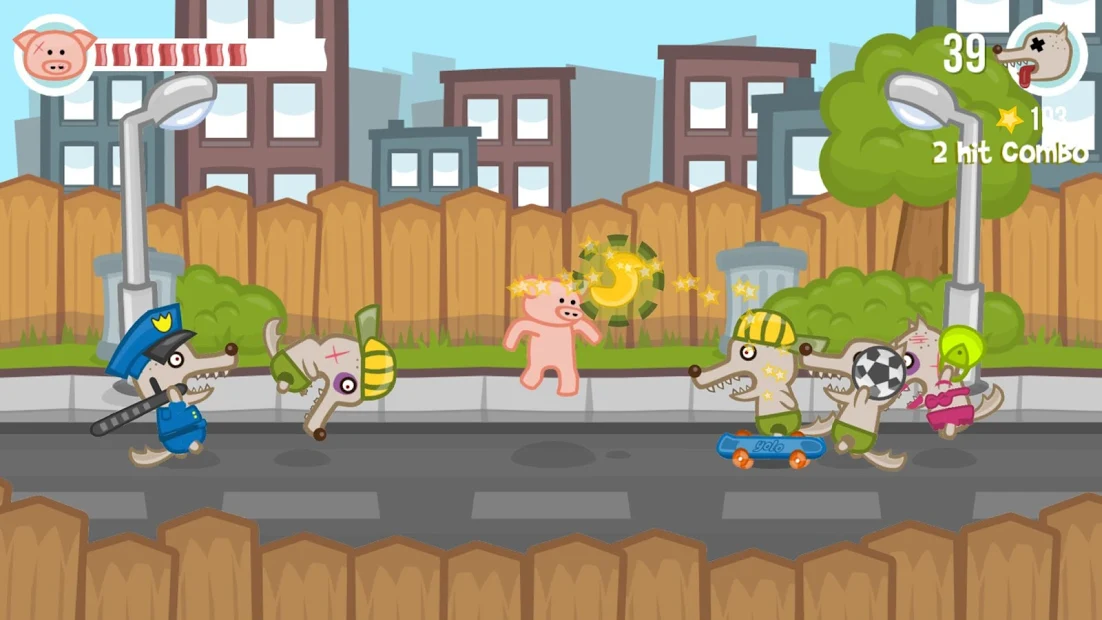
? What is the story behind Iron Snout game?
I was looking for a simple idea which I could quickly develop and then I figured out that something like “Timberman, but with fighting” could work very well on mobile. Iron Snout game design document, grew with several additions very fast, to include different cool mechanics like catching projectiles, kicking heads off and environmental kills.
The project started with some simple drawings as you can see below and took about a month to get to the first fully playable and publishable version.
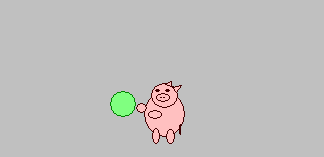

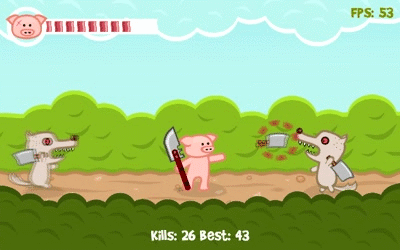
? We see that in other subsequent games you still use pigs as the main character? What is the reasoning behind this?

Pigs are cute, funny and most importantly, easy to draw! They started as doodles on my school notebook and one thing led to another so now they’re part of my brand’s identity (SnoutUp), which is great, because this helps my games stand out and be a bit more recognisable.
Some stats
? What is the current status of the game?
Iron Snout initial version was released on September 25th, 2016 and reached 1.25M user installs so far. Game’s penetration got hit recently by Google Play changes quite hard, but after a few ASO changes it started climbing back up and is getting now over 1000 new installs per day.
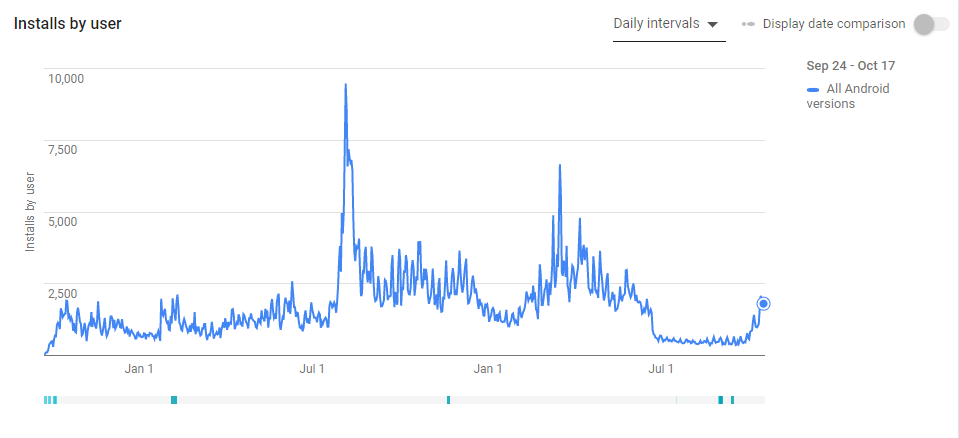
While I’m very happy for reaching such numbers with great user reviews (Google Play 4.7), I wasn’t fortunate with the penetration of the game in top tier geos since most of the downloads come from Brazil (27%), Vietnam (20%) and Thailand (10%). Most probably the penetration in those geographies was a result of my focus on making the games as lightweight as possible.
The awesome spike in August that you can see in screenshot above, with 9k daily downloads, was from the game going a bit viral in Vietnam. I have never found out the initial source of the exposure, but it was followed by a few big Vietnamese YouTubers making videos, which helped keep the momentum going for a while.
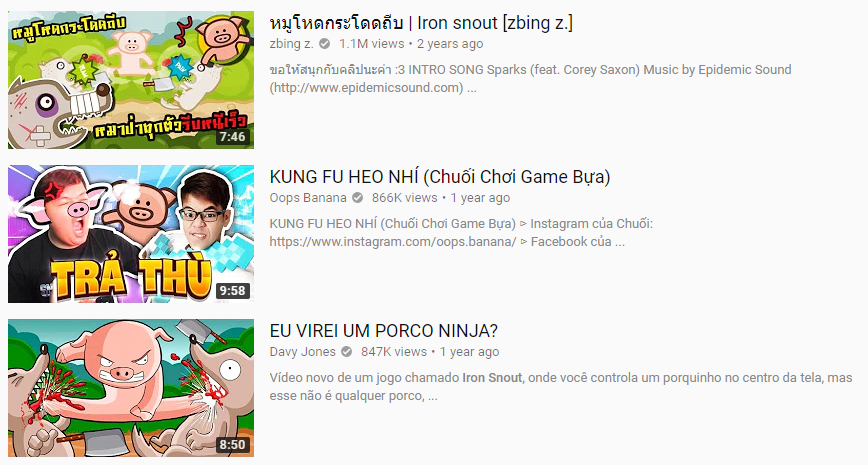
? Which engine and tools did you choose to build your games and why?
I made my first Android game from scratch and that taught me a valuable lesson, that this is not the way to go for a solo developer.
That’s when I discovered GameMaker and I was pleasantly surprised on how much time it can save. While something like Unity would have been much better to learn career-wise, I found GameMaker much more fitting for my 2D lightweight games.
Sound effects used in the game come from different SFX packages/libraries like Universal Sound FX library from Imphenzia or from self-recordings. Art assets were also self-drawn.
Acquiring users through different channels
? The game seems to be available on multiple platforms. How was the overall penetration of the game affected by the distribution on different stores?
The game is available on Google Play, AppStore and Steam. Steam release is the most popular one at the moment, with 1.4M downloads, while Google Play comes second with 1.25M downloads and App Store is dragging behind with 120K downloads.
Steam release popularity helped a lot with the penetration of the game on mobile stores as someone can see from user comments:
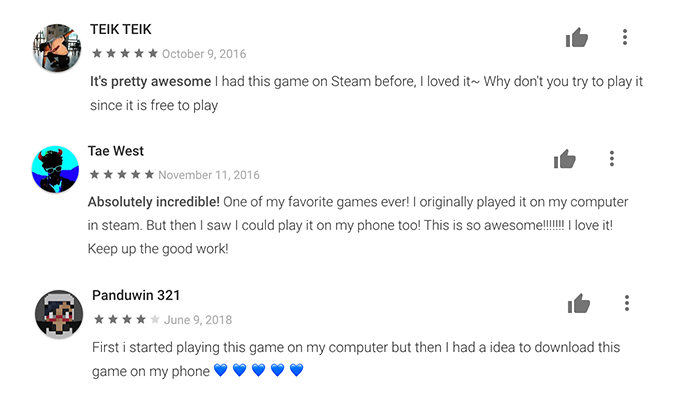
Steam version of the game reached at some point of time (and with the help of the mobile versions too), top 10 rated games. The game is still trending in top apps in the Free to Play category on Steam.

Steam’s PC release was much more accessible to popular game streamers on Youtube and Twitch and that eventually helped a lot with the promotion of the game.
? Did you outreach directly to game streamers to get your game featured?
Well, yes. However, that was also the time when I realised that even when having a relatively attractive project to share, this is not enough to get featured by streamers. Very few of the emails I sent out to Youtube channels got any responses and even those that got a reply, were either negative or asking to pay a fee for making a video. What I found out at the end of the day, is that the most effective way of getting featured by streamers is when they find the game on their own or when they get it as a suggestion by their fans.
Incentivising and challenging users to learn the mechanics
? How do you onboard the users?
When I started game development I was pretty naive about the need of tutorials and had a lot of misconceptions about how mobile players figure out game mechanics. After observing people playing my games for the first time, I started sacrificing “sense of achievement and discovery” to rather adding more indicators and “hand holding”. Initially, Iron Snout release didn’t have any tutorials, except for info text explaining controls, which was a pretty big mistake.
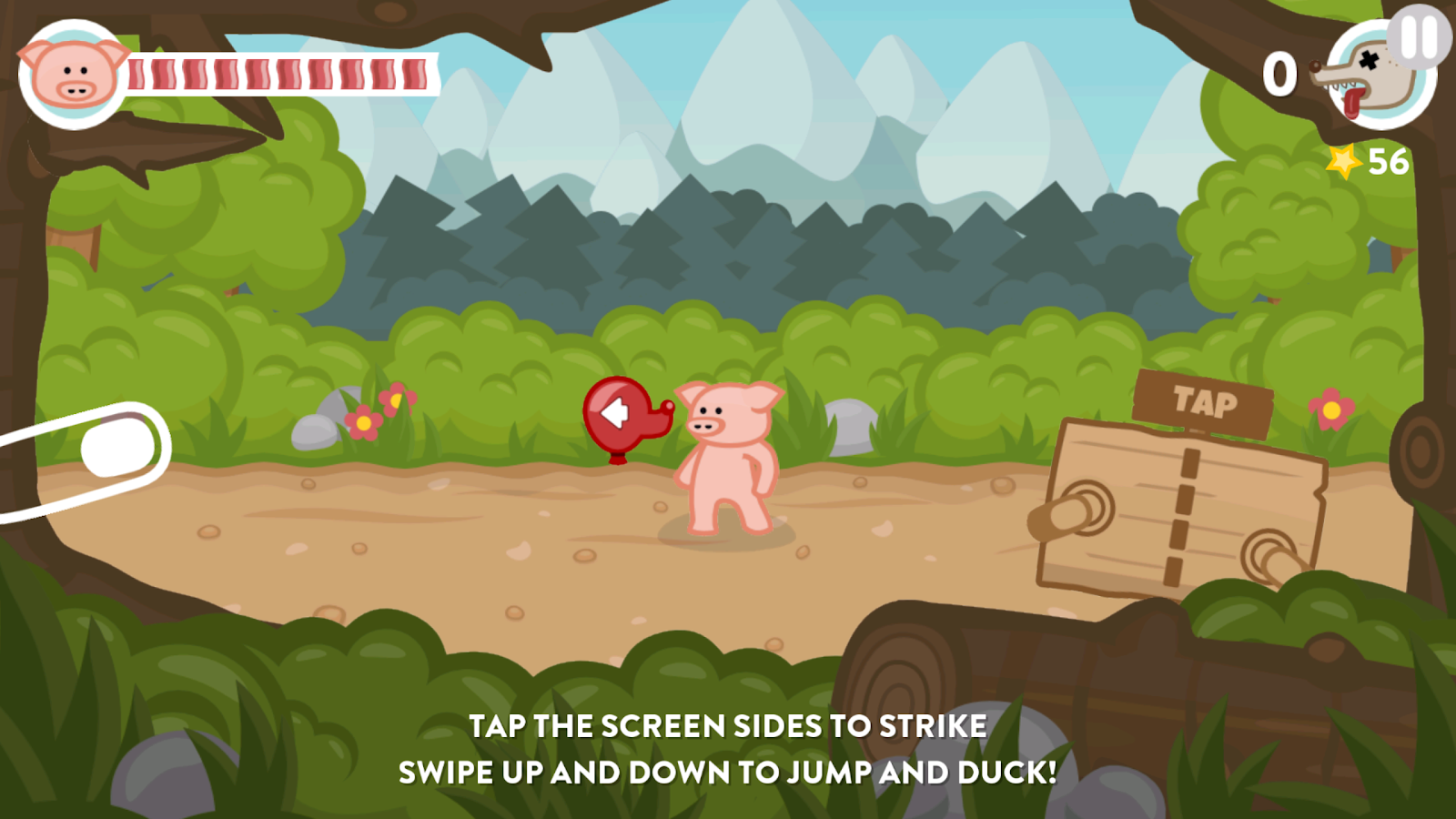
One interesting thing about the onboarding tutorial on Iron Snout is that it has a timer and achievements are given to the players who manage to complete it fast enough. This challenge makes players to revisit the tutorial and get better at the basic mechanics. Some players are actually asking for the tutorial to be expanded and turn it into a separate game mode.
Monetisation
? What is your monetisation strategy?
For a long time Iron Snout was monetised only with interstitial ads (I use Admob and Unity Ads ), which were spaced out in a very user-friendly manner — the frequency was related to both time and how much progress a player made before a fail state.
The game has also a pre-ad screen which some people appreciate as they are not ambushed by a loud video ad. As downloads dropped down, I started looking for more ways to monetise the game and recently added a “Rewarded ad to revive” option.
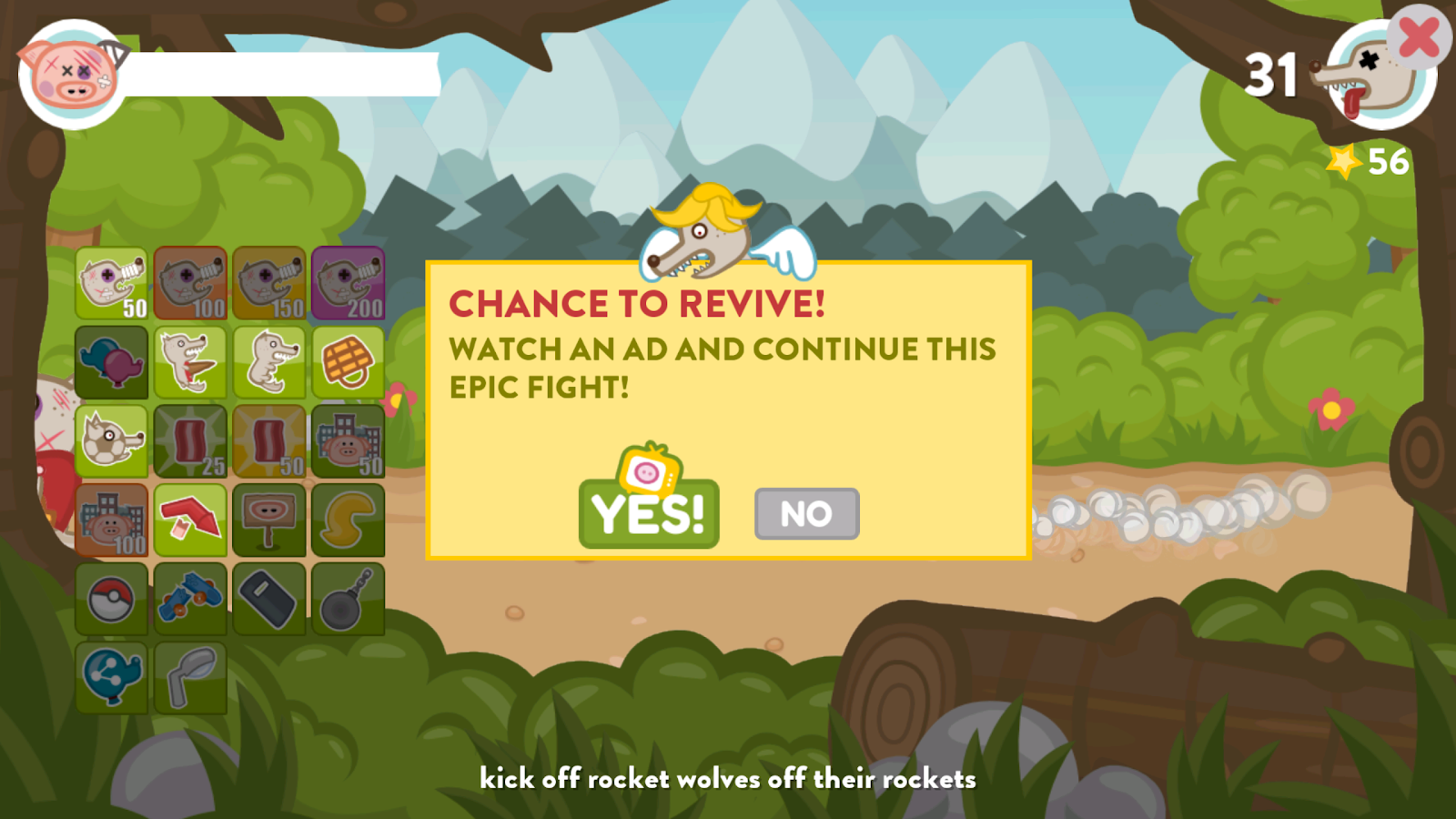
At first I was worried that such a feature won’t be received well by the users, but so far I did not receive any complains and I was pleasantly surprised that revival offer is chosen in 10% of the popups. I’m also planning to add soon my first IAPs for both ad-removal and character outfits, which is something I’ve never done before in my games.
App Store Optimisation (ASO)
? Did you work at all on ASO?
I’ve spent quite a bit of time trying to crawl into decent Google Play listing positions, so I could get an organic ball rolling.
Some of the changes I have experimented included:
- Multiple translations
- Descriptions and titles
- App icons, screenshots and feature graphics
While none of the changes had a significant impact, it’s always nice to see even a few more downloads from a specific country popping up in the statistics after adding a new translation.
Something that I would advise everyone to try, is to A/B test their icon as much as possible, since sometimes weirdest changes can greatly benefit the clickthrough rate. Choosing the feature image and leading screenshot is also important on leading visitors to that “Download” button.
Lastly, for indie developers that have concerns around localisation costs I would say that it doesn’t hurt to ask your community for short translations some times, since you may discover that some of your users might do it for free.
Leaderboards & Achievements
? We see that you use game services achievements and leaderboards within the app. How does that affect the retention in the game?
Since Iron Snout core is a score-chasing game, I couldn’t miss a chance to add Google Play leaderboards to it from the very start. Leaderboards added a layer of competitiveness to the game and many users are challenging each other to beat their score on social media quite often.
Moreover, achievement popups for Google Play Services display user score and statistics to challenge the user to play again and again to compete either his own score or the score of others.

Unfortunately, I didn’t adjust the difficulty of achievements which were made with PC release in mind, so some of the goals require higher skill or longer time investment and can only be reached by a handful of players (1–2%) mainly on PC. I’m currently working on changing the difficulty depending on the platform as well as creating an in-game achievements display. I believe this UI addition will make it much easier for players to view their trophies and it should have a positive impact on retention.
?What is the Pokeball achievement? Why did you introduce it?

It’s a sort of an Easter Egg to introduce some sort of unpredictability to the users and spike curiosity to continue playing — in one of the areas, an enemy who is usually a footballer, appears sometimes as a Pokemon character and kicks a Pokeball at the pig. Knocking that ball back grants the player a special achievement!
Evolving user feelings to affect retention
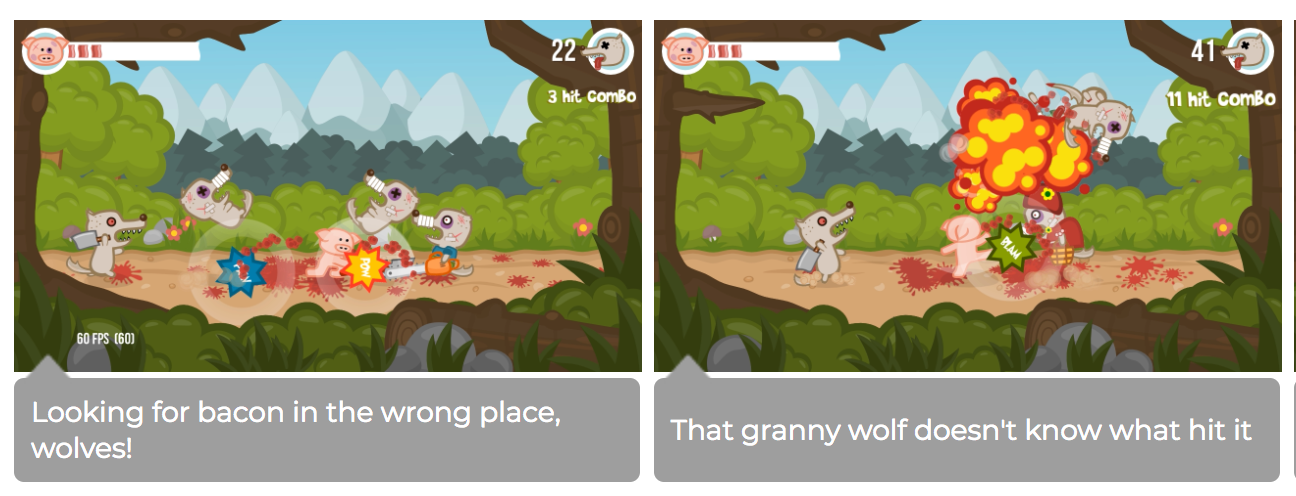
Users are challenged and inspired to align with the concept of the game and reach a score as high as possible while kicking wolves hard, boosting this way the retention of the game!
When a user loses, wolves dance after they defeat the pig, to provoke a desire for revenge from the player.

Social Mechanisms
? How do you use social mechanisms within the game?

I’m heavily using interactive “Share” buttons, which are more attractive than static UI elements. Taping on this silly wolf, makes the balloon explode, initiating a screenshot sharing process. During the sharing process, I have an achievement tied to it, to incentivise further the user to share, resulting to over 50% of players converting and unlocking the achievement.
Listening to what users want
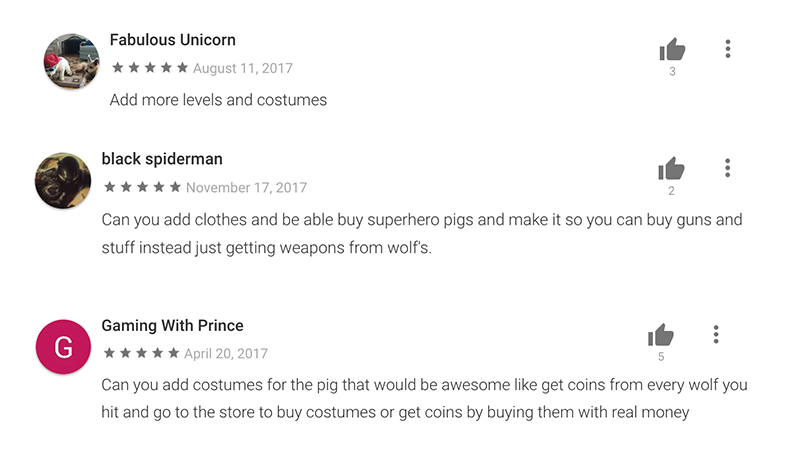
? Do you monitor user comments/reviews on different stores?
By monitoring comments on the stores,I got a lot of requests for adding outfits, new levels, more powers and other features in Iron Snout. However the game was created with no intention to have such kind of features and adding them now is way more complicated than it should be.
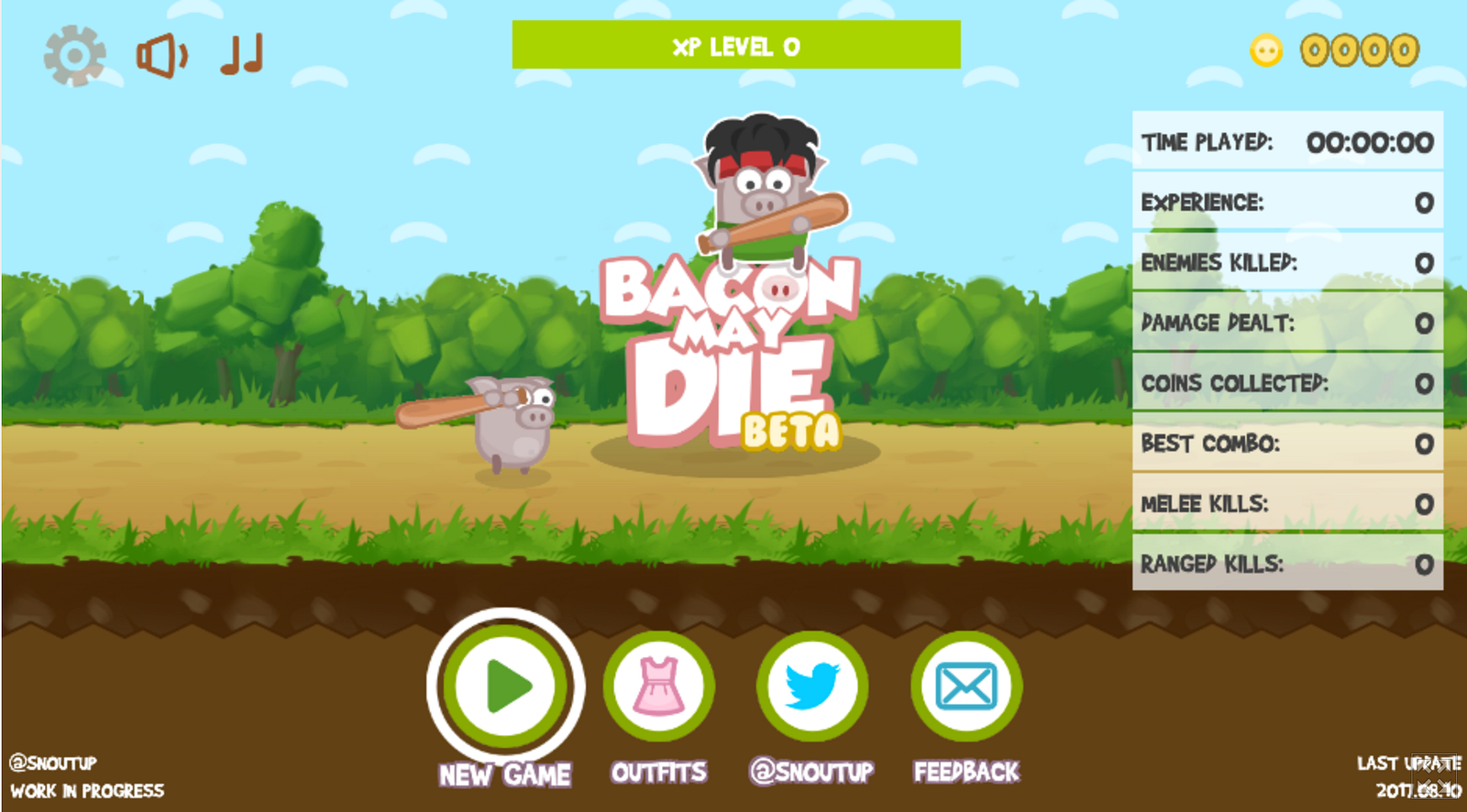
Be listening to what users want a new game named Bacon May Die was created, which is an evolution of Iron Snout where several popular requests from users where eventually implemented. In Bacon May Die a simple and modular character was created that can have any parts of its body customised and animated using code. With the new approach, any new weapon or item can be attached to the character and therefore several items can be provided for the players to unlock. I am planning to create premium item-sets in the near future to capitalise upon this feature.
In the new game the user can also move around on the screen. The concept was to make a side scrolling fighting game with a similar control scheme like in Iron Snout, without having on-screen buttons which in my opinion takes away space from a mobile game experience. From the initial feedback on the beta version, it seems that Bacon May Die touch controls work out pretty well and it’s definitely something I’m very proud of!
?What is blood off/on mode and why did you introduce it?
I got quite a few reviews, where people complained about the cartoon violence, which is present in the game.
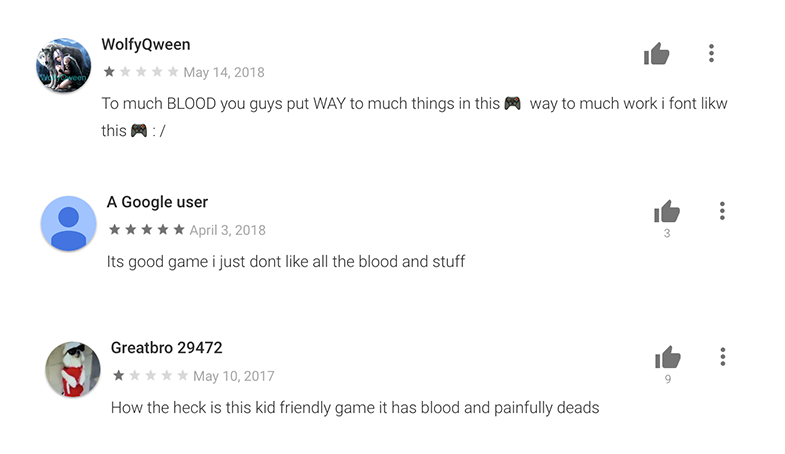
Listening to what user want I added an option which turns off blood and some of the brutal mechanics used within the game.

Next Steps
? What are the next steps?
Despite Iron Snout being a pretty old game by mobile standards, I’d still like to put a few months of effort in improving its retention by actually using analytics and adding various features to boost replay-ability and hook player for a bit longer. The pig also, has multiple outfits prepared for it, which I plan to use as rewards for unlocking achievements as well as IAPs options.
After that, I have at least a dozen questionable ideas for new games (featuring pig characters, obviously), so I don’t see myself running out of things to do for quite a while.
For all other indie developers, crunching their way forward, I have the following advice:
Keep the scope of your projects small, release frequently and take care of your health as well as your social life. Oh, and add something crazy to your games for easier marketing!
Do you want to distribute your survey? Pollfish offers you access to millions of targeted consumers to get survey responses from $1 per complete. Launch your survey today.
Global GSK Shingles Survey Insights
Original Insights,The Pollfish Blog
February 24, 2024
Shingles misconceptions: new global survey commissioned and funded by GSK highlights widespread…
B2B Sales Emails: Are they Effective or a Nuisance?
Original Insights,The Pollfish Blog
September 6, 2022
Are B2B sales emails a thorn in your side? Do they drive you crazy? Virtually all white-collar…
